The Ark: A Nursery Forest
Fieldcote
At Fieldcote Memorial Park & Museum, the Farmer family set land aside to preserve their personal and civic legacy. Much like the rings of a tree, the Farmer family's history, stories and period items are archived in the museum building on site. In 1834 William Farmer and his family left England for North America. At this time Ancaster was sparsely populated by loyalists who had established their homes around an ancient Iroquois trail that runs along the Escarpment from Albany, NY to Detroit.
The Hamilton Spectator quotes a description of the ship that brought the family to Ancaster as an "Ark". Fieldcote Memorial Park & Museum is the site of one family's treasure, but it is also the location of a unique woodland landscape with a longer legacy in the region. Trees are living organisms that are also part of a family. If we think of trees as communities with layered meaning and historical context, one can see how important these places are to conserve.
Conservation land and suburban districts are not always separate things. In Ancaster, Dundas Valley Conservation lands, residential homes, and the museum grounds merge into one another, sharing plants, trees and animals that are part of a larger network of ecological relationships. In the forest at Fieldcote Park, older Butternut (Juglans cinerea) trees nurture younger trees and share nutrients beneath the ground to ensure their sapling’s survival. Like a human family, trees work together in groups to care for one another. Current research shows that this can take the form of alerting other trees to pests, sharing information about past changes in climate to improve an offspring's resilience and dispersing chemical nutrients through root systems. Many young saplings depend on the shade of older trees to grow slowly in early years, ensuring a stronger trunk that can support their height in the future.
Finding intact communities of Butternut trees in our region is rare. Butternut is an endangered species and is protected under Ontario's Endangered Species Act. The Butternut fungus, known as the Butternut Canker, has wreaked havoc on the Butternut tree population in Canada, leading to the decline of the species in North America. At Fieldcote Memorial Park & Museum, like the families who came to Ancaster village to raise families for generations, several older Butternut trees nurture young trees.
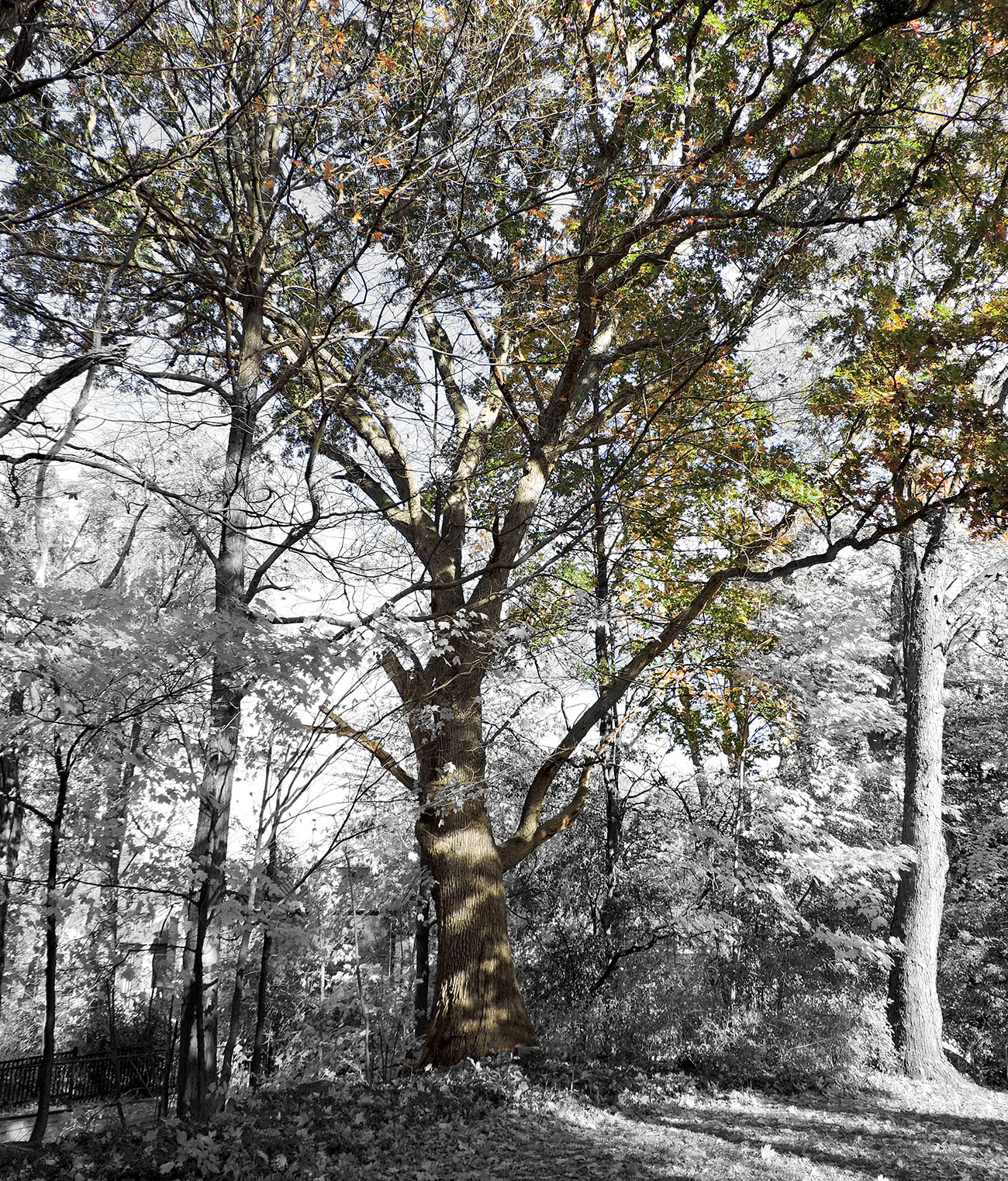
How Old?
The White Oak
Common Name: White Oak
Scientific Name: Quercus alba
Approximate Age: ~250 years
Measurements: 51 inches in diameter
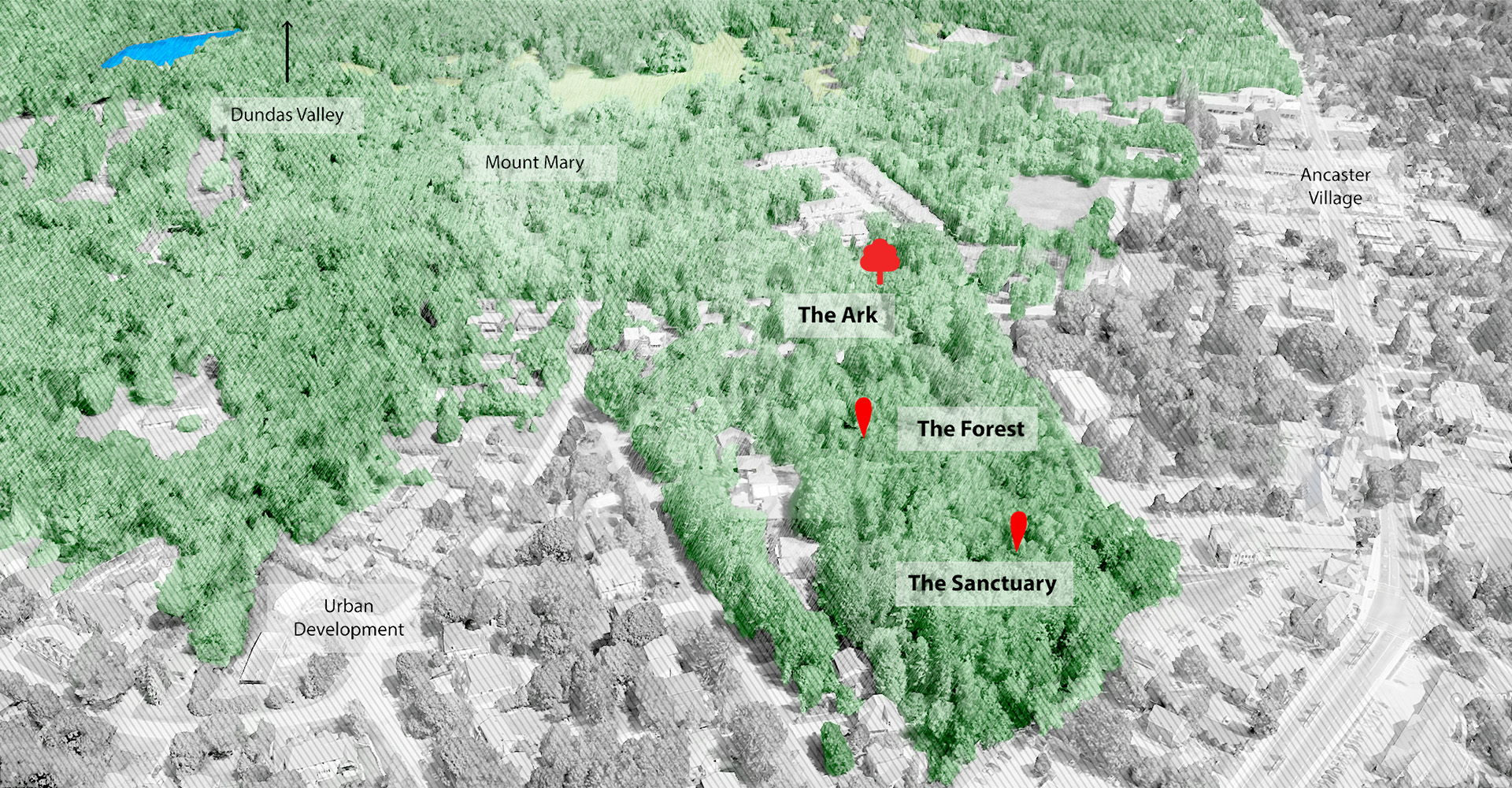
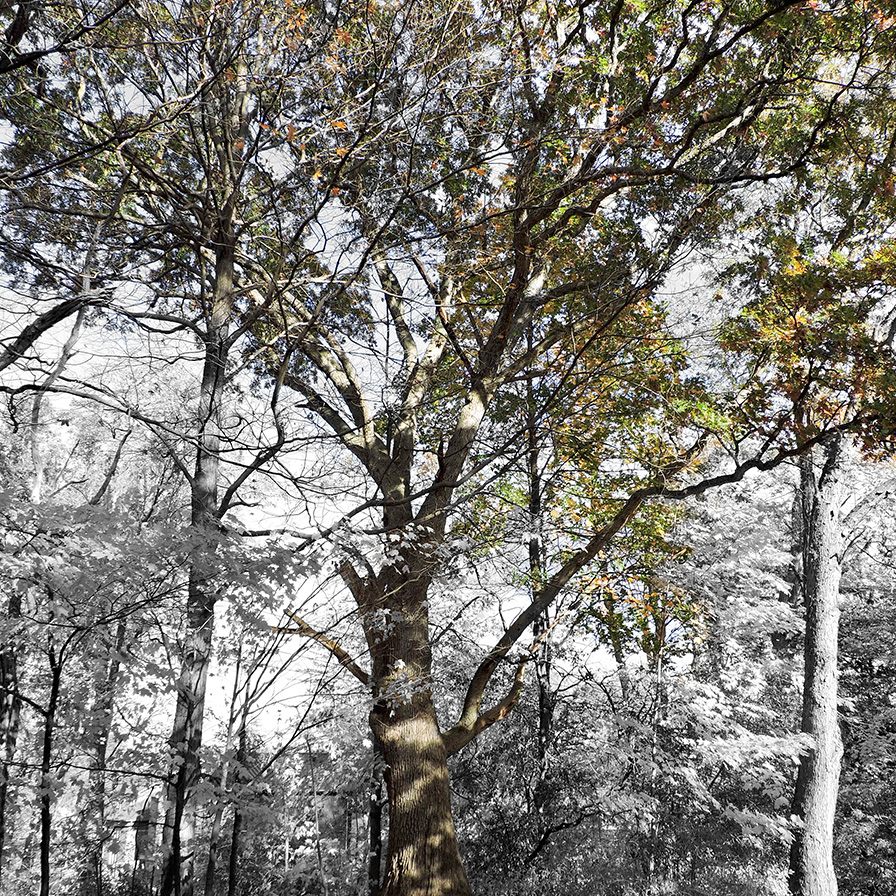
The Ark
Farmer family lore spoke of the ship that brought their ancestors to North America as an "Ark". Complete with heirlooms, 50 head of livestock and in the company of ten other families, the Farmer family traveled across the ocean in this "Ark" to establish a new life. Webster's dictionary defines an Ark as "setting aside to preserve, or as something protective". In preserving this site, the Farmer family created a kind of "Ark" for the community and for native trees, such as a large White Oak next to the house.
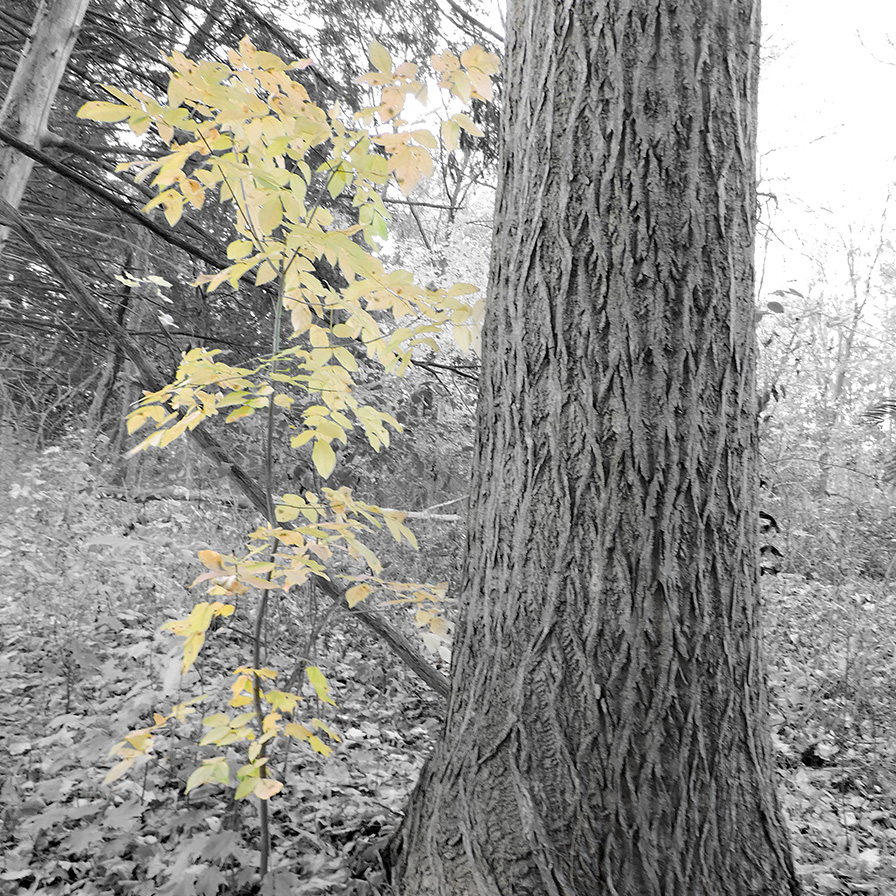
The Sanctuary
Within the forest at Fieldcote Memorial Park & Museum, several Butternut trees can be found growing near the sanctuary in the woods. Butternut trees are native to North America but have become endangered due to over foresting, meaning overlogging that leads to forest damage and fugus. Although once populous in our region, today they are now rare and vulnerable to disease. On the grounds at Fieldcote Memorial Park & Museum, the conditions are right to support this species. Within the thicket on the property, several small, sapling Butternut trees can be found growing under the protection of the larger parent trees, forming a natural nursery forest.
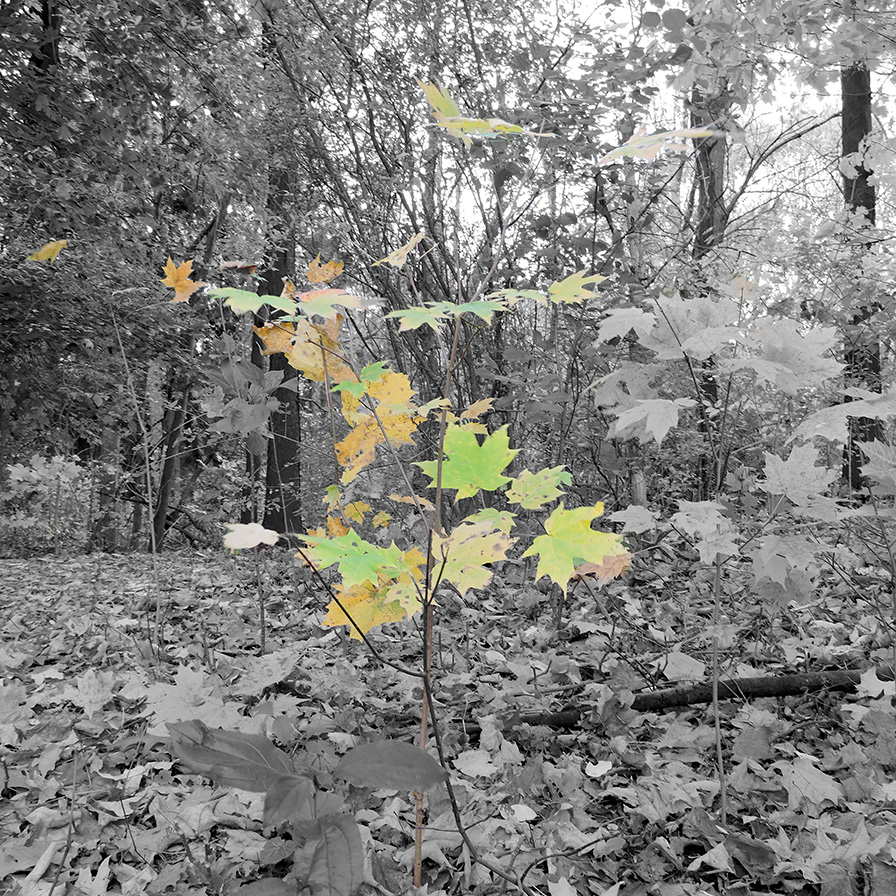
The Forest
Along a winding path, one comes to a clearing in the woods. Next to this clearing a small family of sugar maple saplings are beginning to stretch their limbs. Fieldcote Museum & Park is significant as a place of Ancaster history, but it is also part of a larger forest ecosystem in Mount Mary and Dundas Valley. Preserving stands of intact tree families in places like Fieldcote can have an impact on wider forest ecology in our region. As cities become denser, recognizing these forest oases as key locations for urban ecology can help create a more sustainable future for the next generation.
Fieldcote Tree Species
- Northern Red Oak (Quercus rubra)
- White Oak (Quercus alba)
- Sugar Maple (Acer saccharum)
- Black walnut (Juglans nigra)
- Butternut (Juglans cinerea)
A Heritage Forest - What If?
As part of Tropos’ wider research, our studio has developed strategies for restoration that address the degradation of the urban forest. Trees, like children, need space to grow. In coordination with Hamilton Civic Museums, the studio’s restoration strategy for ‘Heritage Forests’ introduce forest ecology concepts to children.
When children become participants in the growth and development of a heritage forest, taking part in its care and the life taking shape there, they can become aware of intricate relationships in nature. At Fieldcote Memorial Park & Museum a community of fledgling Butternut trees (Juglans cinerea) can be found on the grounds. What if the forest at Fieldcote Forest became a nursery to nurture endangered Juglans saplings? How would a nursery forest help support children, the forest, and the Dundas Valley Conservation area?
The idea of legacy is important for creative work, teaching and for future generations of human and plant communities. These values are embedded in the landscape at Fieldcote Memorial Park & Museum.
Explore Monument Trees In Your Classroom
Learning Link: https://www.troposltd.com/learn
Learning Resource - Seed School


